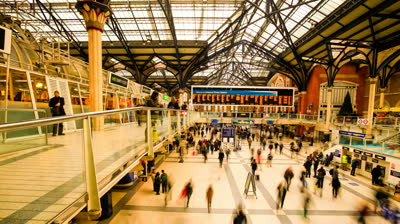In any interior design project there’s one thing that should be at the top of the agenda – lighting. Unfortunately it doesn’t always get the attention it deserves and can often be an afterthought, but that can be a huge mistake – architectural lighting should be a core consideration from the start as it has the power to transform the whole project, and its importance should never be underestimated.

Just think how important lighting is in everyday life. We all crave south-facing gardens so we can get the most of the sunshine, and if windows are too small or aren’t placed effectively the whole interior space can feel cold, dark and uninviting. And that’s just the natural light – utilising man-made versions can have an even bigger impact. Architectural lighting has the power to instantly brighten up a room and, if done well, can create the perfect ambiance. It’ll be bright without being too stark, warm without being overpowering, and it can even be used to create focal points in a room.
It becomes even more important if a room suffers from a lack of natural light, and it’s here that placement of the light source and the type of artificial light becomes key. Lamps, wall lights and ceiling lights need to be placed carefully to ensure maximum benefit, and make sure to consider whether your light bulbs emanate a warm white light or a cooler one. Warm light gives off a yellow glow which can really enhance the colour palette of a room, whilst cool white light is essentially blue and is perfect for the kitchen.
But, basic lighting isn’t the only choice. Under-cabinet lighting, for example, can be used to great effect, whilst coloured lighting can have an even bigger impact and is becoming more and more popular in interior design projects. It can create the right accent at the right time, particularly if the colour can be controlled, letting you alter the mood of the room as you see fit. It can enhance architectural features to really make the most of the space, and with so many colour options to choose from these days it offers up enormous potential for interior design.
It’s just as important in commercial projects too. Office lighting, for example, needs to be just right to ensure optimum comfort for employees whilst environmental factors will need to be considered as well, which is why energy-efficient lighting is the only possible option in modern design. Again, it’s all about using lighting to make the most of the space and ensure its inviting without being overpowering, something that’s just as important to consider in a working environment as in a residential one.
As you can see, the importance of architectural lighting in interior design can never be underestimated. It has the power to transform a home and can make all the difference to the final result, so always factor it into your project and you can be left with a home that’s visually stunning at any time of day or night.



